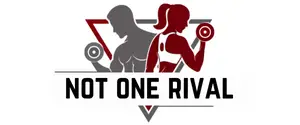What Is The Best HIIT Workout?
Lately, I’ve been focusing on metabolism-boosting exercises. I’m getting close to 40. I want to keep burning fat and stay toned to avoid muscle loss.
But I’ve also been thinking a lot about cardio. I want to keep my heart healthy.
We’ve all been hearing about HIIT, High-Intensity Interval Training, over the past decade, but I never really looked into it. I’m a creature of habit, especially when it comes to my workouts.
I thought HIIT was just cardio. Boy, was I wrong? It actually has most of what I’m looking for in my workouts.
The more I researched it, the more I see that it was right for me. I had to answer the most common questions for myself. How effective are HIIT workouts? And what is the best HIIT workout? I found some answers, and you may be interested in them if you are thinking about HIIT.
Before jumping into the exercises, it would be helpful to understand what HIIT actually is and how it works.
What Exactly Is HIIT?
I’ve heard people say it’s like Crossfit. Well, that’s kinda true. It would be more accurate to say that Crossfit incorporates some HIIT into its workouts. You don’t need all that equipment to get a well-rounded workout with HIIT as you do with Crossfit.
HIIT is simply short bursts of intense exercise followed by short rests. The exercise can be any kind of rigorous activity. The rest can be a slow down of the activity, or it can be laying on the floor catching your breath. I like workouts with lax rules, don’t you?
This type of intermittent workout has several advantages over moderately paced, continuous workouts. But traditional workouts definitely have a permanent place. They’re just better for some people and some goals.
Honestly, HIIT shouldn’t take up your entire fitness regimen. It’s best as an addition.
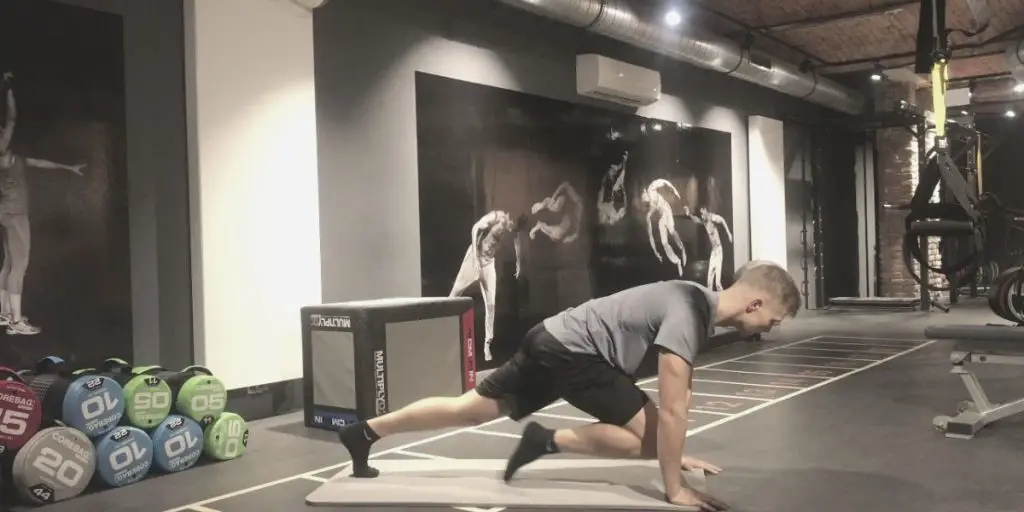
Look At HIIT’s Health Benefits
High-Intensity Interval Training isn’t a difficult concept to grasp. It’s so simple, that I was pretty surprised to find out all of the ways it can maintain and improve health at all ages and stages of life. It really is good for almost everyone, no matter what physical shape they’re in. There are some obvious exceptions to this. We’ll look at them later.
Cardio
You probably already knew this. HIIT has been touted as a fantastic exercise for the entire circulatory system. Of course, you want to talk to your doctor before starting such an intense exercise program if you have any heart problems, regardless of how minor.
The hard and fast activity can strengthen your heart the same way barbell curls can beef up your biceps. Your heart rate will still be up during the periods of rest, too. So it’s somewhat like more consistently paced exercise as far as cardio goes. The difference is that, with HIIT, you’re conditioning your heart to be able to withstand more vigorous activity.
Metabolic Enhancement
I have to say that this is what really sold me on HIIT. I never thought of it as a metabolism booster, but it turns out that it’s a great one.
Three HIIT sessions per week may be enough to keep your metabolism humming 24/7. That’s because your metabolic rate doesn’t go back to baseline as soon as you finish a workout. In fact, these workouts can keep your rate up for up to 48 hours afterward.
The great thing about having a high metabolism is that you’ll burn more fat, even while you’re at rest. This is what makes HIIT such a good adjunct to weight loss programs. It doesn’t take up much time, and it enhances other exercises’ fat-burning capabilities.
But Does It Tone Muscle?
This isn’t the best kind of exercise to build muscle. You need either steady and continuous or high-resistance workouts for that.
However, if you want to prevent muscle loss due to aging, you may find great results with HIIT.
We can lose between 3 and 5 percent of our muscle mass per decade as we get older. This can start as soon as the age of 30. It’s best to head off muscle loss before it begins because it takes muscle to keep muscle.
It Can Enhance Muscular Oxygen Consumption
That’s another way of saying that regular HIIT workouts can help your muscles use oxygen more efficiently. This may help with endurance.
There’s sound scientific backing for this claim. A study I found in PubMed examined two groups. One did HIIT workouts for 20 minutes per day on five days out of the week. The other did moderate stationary cycling 40 minutes daily, four days per week. Both groups showed a 9 percent improvement of oxygen consumption. That’s 100 minutes of exercise vs 160, and the results were the same.
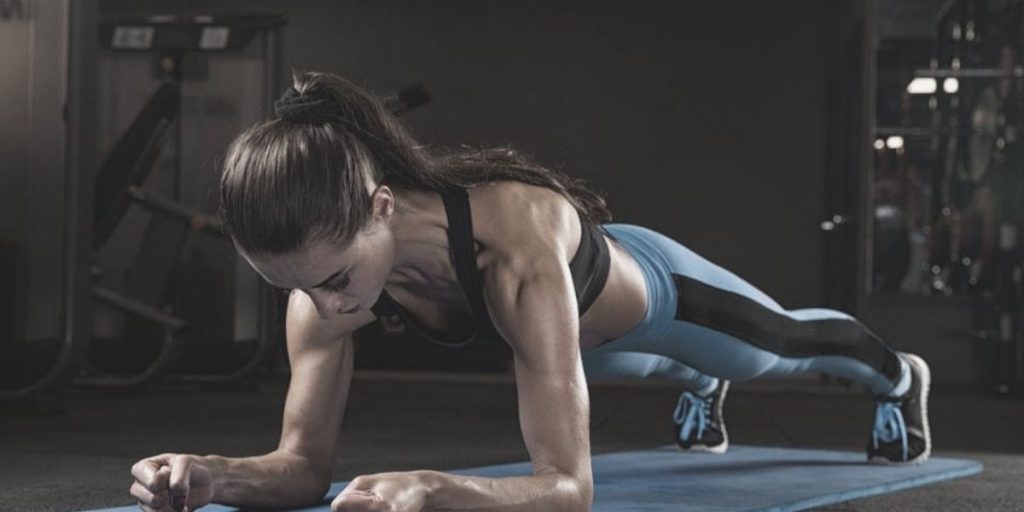
The Workouts
So, what is the best HIIT workout? I found several that work for me, and some of them should work for just about anyone.
The simplest, and a good example, is plain old running. Put on your favorite jogging shoes and run almost as hard as you can until you can’t go any further. Then you walk until you feel like you’re ready to run some more. Repeat this cycle for as long as you’re comfortable with it. That’s a good HIIT session.
Notice how I said to run “almost” as hard as you can. Most pro trainers recommend exerting yourself to 80 or 90 percent of your max. You don’t want to overdo it. Part of the reason HIIT is only a three or four days per week regimen is that you need at least a day for your muscles to recover from the rigorous exercise. Pushing yourself to 100 percent can make that recovery time longer and even painful.
Try A Stationary Bike
The great thing about these is that most of them allow you to dial the resistance up or down.
Your burst of effort will be the highest resistance you can handle, almost, for as long as you can pedal.
Lower the resistance and pedal at a nice, leisurely pace until it’s time for another crazy burst.
Set a realistic goal for your push time. If you can go two minutes at a time during your first workout, set two and a half minutes as your goal. Give yourself a couple of weeks to get there. Then go to three minutes, and so on. Stop when you’re happy with it, and there’s your new HIIT routine!
Do Some Curls – yes curls can work
This is my favorite because I like to work on my biceps.
Load up your barbell with enough weight for 10 good reps. If you feel like you can keep going after 10, add more weight to your bar. If 10 is too much, take a little weight off.
I do 10 slow reps of 150 pounds, then I’ll take a one-minute breather. I don’t recommend starting here. I’ve been doing heavy curls for a long time, so I can handle it. I just wanted to show you how customizable HIIT is.
You can use dumbbells too.
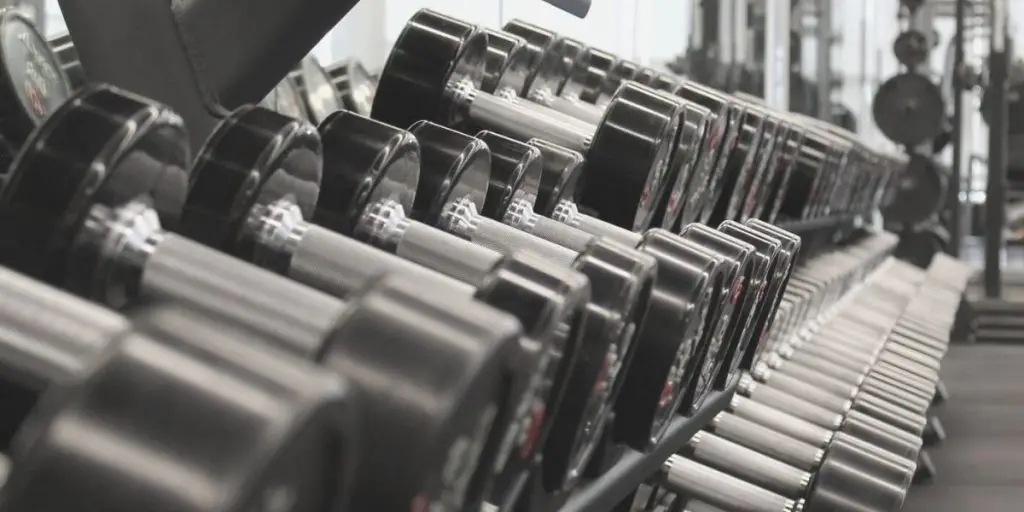
Kick Some Butt
I’m talking about butt kicks. Think of it as jogging in place, but you literally try to kick your own butt as you do it. Hey, it’s actually a good HIIT exercise.
Stand with your feet a little further apart than you would stand normally. About your hip’s width apart is good. Now try to kick your right glute with your right heel, then quickly return your foot to the floor. Repeat with your left. Now do that as fast as you can.
I can go 45 seconds, with a 20-second rest.
This is a somewhat awkward exercise at first. You may want to start slow and increase your speed as you get used to it. I was initially unsteady on my feet, but I got the hang of it by the end of my second workout.
For an even more intense session, throw a set of ankle and wrist weights into the mix.
Mountain Climbers
I love these. They were an easy introduction to HIIT for me. They’re not difficult, but you can really feel the burn in your thighs, arms, and core.
Start out in the high plank position. That’s basically the part of a pushup where your arms are extended.
Now bring your right knee up as close to your torso as you can. Return and repeat with your left knee. It’s simple. It’s pretty fun too.
Try starting with a 45-second burst and a 30-second rest. Do a few cycles, then switch it up with some different exercises.
Most people say their arms tire first. For me, it’s my core. Whichever tires first gets the rest, right? So if your arms get weary, go to the butt kicks or a similar exercise next. Remember: HIIT isn’t just many cycles of one exercise. Variety is key. You want to work as many of your muscle groups as you can.
Plank Jacks
Imagine a cross between a jumping jack and a high-plank hold.
Get into high plank. Now hop with your core and quickly scissor your legs out, then hop and scissor in. That’s one rep. Keep going as long as you can.
Don’t use your arms to help when your legs get tired. You want to work those strong thigh muscles. Go to another exercise when your thighs can’t do anymore. I’d recommend pushups, which we’ll look at next.
Pushups & VARIATIONS
You should be familiar with these already. But do you have the proper form?
Your palms should be flat on the floor, shoulder-width or a bit further apart. Start with your arms extended. Bend at your elbows, which should be at about a 45-degree angle to your body.
Try 30 seconds at first, followed by 30 seconds of rest. If you’re not used to pushups, you may need a longer rest. That’s fine. Just keep pushing.
Some Other Simple Ones
Part of HIIT’s elegance lies in its simplicity and customizability. There’s no need to get fancy or follow detailed instructions. As a matter of fact, following a set of instructions to the tee may cause you to injure yourself. If something feels wrong, don’t do it. Try to come up with your own variations, if you need to.
Here are some common exercises that can easily and intuitively be used for HIIT:
- Jumping Jacks
- Burpees
- Mountain Climbers
- Weighted Lunges
- Sprints
I remember doing all of these in my high school gym classes. Everyone knows them. Just follow the HIIT credo.
Use The Equipment You Already Have
Do you have some exercise equipment? You probably do.
Free weights, Olympic bars and weights, dumbbells, ellipticals, treadmills, and most any other kind of equipment you can think of can work with HIIT. You just have to use your imagination.
Dumbbells and wrist/ankle weights can be added to some of the simple exercises listed above as a little bonus.
Is HIIT For You?
So you’ve seen how uncomplicated it can be. You’ve seen all the possible health benefits. We’ve looked at some different exercises. I haven’t been trying to push you into it, but are you sold?
Make sure it’s a good fit for you before you take the plunge.
Don’t do anything this intense if you are pregnant. Go for moderate exercise instead. And give yourself a good six months after the baby is born before starting HIIT. You’ll need your doctor’s OK first, anyhow.
Scrutinize the exercises carefully to make sure they won’t aggravate any old injuries. This isn’t moderate exercise.
HIIT isn’t for anyone who has a heart problem or has had heart surgery within the past few years. This is high-level cardio. It’s good for a healthy heart, but it can be very bad for a weak or injured one.
Talk to your doctor first if you have osteoporosis or any kind of disorder that causes weak bones or joints. No HIIT exercise can be considered low impact. This can be hard on your bones.
It can be hard on the joints too. Arthritis isn’t an automatic disqualifier, but you should consider the benefits against the risks. You may be better off with lighter cardio if you’re arthritic.
Do You Need To Start Slow?
If you’re not used to exercising, you probably shouldn’t start with such an intense plan. You have to be in fairly good shape, to begin with before you push yourself to your limit. There’s no sense in hurting yourself while trying to get healthy!
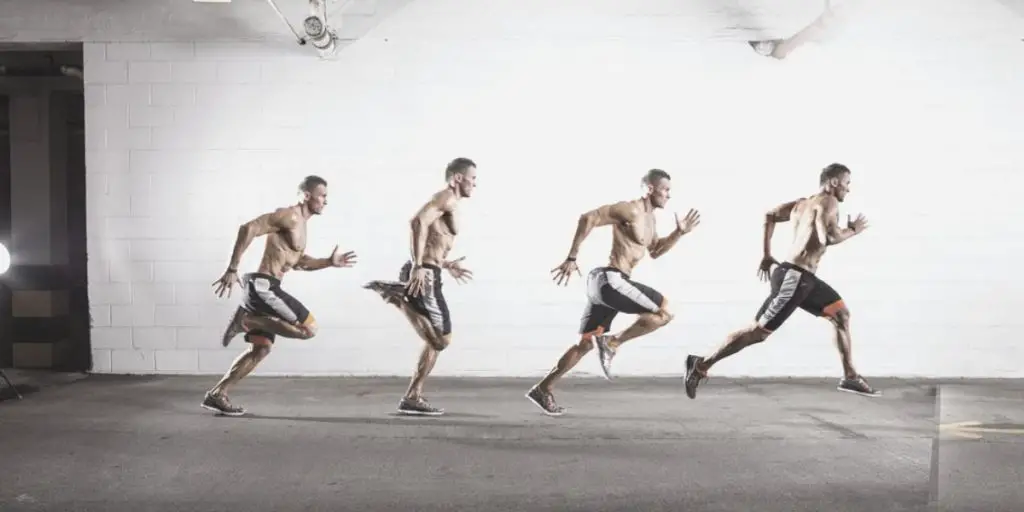
If you’re not in the best of shape, I recommend starting out walking. Take a walk every day, or at least four days a week. Walk as long as you can without overdoing it. If you stick with it, you’ll notice that you can go a bit further every week or so.
When you’re comfortable walking, try jogging. Easy does it. If your goal is HIIT, you don’t want to cause a minor overexertion injury that will flare up and sing when you do your first burst.
Once you can jog for a few minutes, you’re probably ready to start with high-intensity exercises. But you still want to ease into it. Very short bursts with longer rests are best in the beginning.
Do upright HIIT exercises, like windmills, toe touches, and the like, at first. They’re easier on your newly conditioned body, and they will help you to build the balance and coordination you need for the more advanced exercises.
Slow and steady wins the race. Until that is, you feel that you’re ready for the fire. Then you dive in and burn it up! That’s what HIIT is all about.
So There You Have It…
How effective are HIIT workouts? As far as cardio and metabolism go, they are as effective or better than traditional, consistent workouts.
Have you decided on what HIIT workout suits you the best? Try them all. Just keep in mind that variety is the spice of HIIT. If you don’t mix the exercises up, you’ll end up neglecting part of your body. Worse yet, you’ll overwork a muscle group.
Maybe try the simpler exercises first. If you like them, and you get the results you want, you won’t have to go any further.
If you’re like me, you tend to work weight into everything. I would hold dumbbells while washing dishes if I could. Weights are a good way to add a little resistance. Just don’t go overboard.
Keep your workouts short, especially at the beginning. Try 15 minutes per workout. Three or four times a week is fine. You can always ratchet it up. If you are looking for a quick guide on how to start a HIIT workout of your own, check out Fitness Rhythm. They have a no-nonsense guide that will get you started right away.
You can also tone it down if you need to. If you are dealing with anything more than mild soreness, take a week off. Start back more modestly. Life is a marathon, not a sprint.
Did I mention that you need to have fun? If it’s not fun, it’ll be hard to stick to. Maybe get a friend or two to join you. Spread the health.
- 5 Best Power Towers For Your Home Gym - July 19, 2023
- What Does Natty Mean in Body Building? Is It Good or Bad? - June 26, 2023
- How Much Creatine Is In Bang? The Amount Might Surprise You - June 25, 2023
